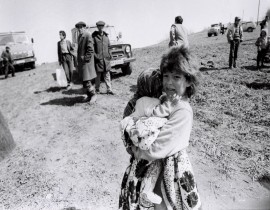Politicon.co
Ukraine: Towards a frozen future?
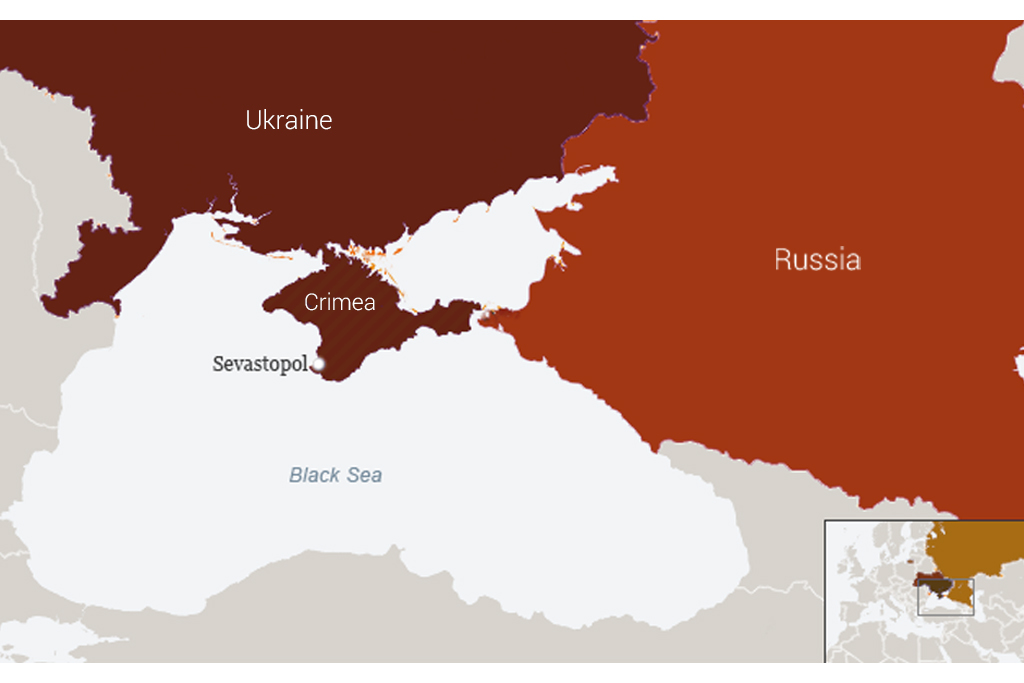
The annexation of Crimea by Russia in March 2014 and the protests in Ukraine’s eastern region leading to separatist movements in Donetsk and Luhansk provinces deservedly caught the world’s attention. What began as pro-Russian protests have escalated into an armed conflict between the Russia-backed forces of the Donetsk and Luhansk Republics and Ukraine, giving rise to concerns over Russia’s expansionist ambitions. However, in addition to concerns over Russia’s geopolitical maneuvering, this conflict poses another serious problem that should not be ignored.
Few answers
Since the conflict began the new Kyiv government has clearly lost control over the region, while Russian intervention has not resulted in Russia’s full dominance over the provinces either. Thus, the area remains an international grey zone that is becoming increasingly lawless and chaotic. The humanitarian crisis and heavy casualties arising from the conflict in eastern Ukraine have prompted European leaders to negotiate with Russia and the separatists, but so far the negotiations have yielded no breakthrough and have instead only frozen the conflict by cementing the status quo.
It is understandable that the European nations and institutions want to prevent a conflict near European borders and are interested in easing the hostilities through negotiations with Russia. However, simply freezing the conflict zone and proceeding with endless negotiations offers few answers for the region. The loss of territorial integrity for Ukraine and what remains an unclear status of the two provinces will pose a problem for the political and economic development in the region. Freezing the status quo, in fact, has the potential to define this zone as an international black hole near Europe’s borders. If this happens, it is likely, judging from other such examples, that this black hole region will be used by different groups for smuggling drugs and weapons, laundering money and ultimately promoting terrorism. As such, this zone is posited to become yet another region aiding the rogue elements in one of the biggest conflicts of our time. Western powers should therefore decide whether they can be satisfied with simply freezing a conflict in the Belarusian swamps.
Western powers have a history of freezing other regions when it comes to the conflicts in the Russian sphere of influence. The Nagorno-Karabakh problem, another conflict that got stuck in the Belarusian swamps, offers a good example of what we can expect.
The Frozen Status of Nagorno-Karabakh Conflict
The conflict around Nagorno-Karabakh, an Armenian-populated enclave inside Azerbaijan, arose in 1988 when both Azerbaijan and Armenia were still formally a part of the Soviet Union. The Armenian separatists backed by Armenia demanded both independence and incorporation to Armenia (sic). Although Azerbaijan was admitted to the United Nations with its Soviet-era borders, including Nagorno-Karabakh, Armenians now occupy both the exclave and the adjacent districts and declared the so-called Nagorno-Karabakh Republic. As a result of this conflict nearly one million Azerbaijanis have been expelled from their homes in the occupied territories and are now refugees in their own country.
The Russia-brokered ceasefire in 1994 managed to cease the hostilities between Armenia and Azerbaijan but failed to create a path forward. As in the case of the present Ukrainian conflict, western powers and Russia established the Armenian-Azerbaijani peace talks with Minsk as the key location for the negotiations. In 1997 the OSCE established the Minsk Group with the aim of finding a peaceful resolution to the Nagorno-Karabakh problem. Since the proposals by the Minsk Group have been rejected by Azerbaijan and by Armenia in 1999 the OSCE established face-to-face meetings between Azerbaijani and Armenian officials in the hopes of achieving progress. Although the so-called Nagorno-Karabakh Republic was among the signatories of the cease-fire agreement the entity itself did not gain international recognition and has never been a part of the negotiations.
During the 2000s, the frequent meetings involved leaders and diplomats of both Armenia and Azerbaijan. In 2006, the Minsk Group declared that year could be the “ripe moment” for a settlement. The mediators tried to convince Azerbaijan to accept a referendum within Nagorno-Karabakh but Baku rejected the idea. It called for a nationwide Azerbaijani referendum on the final status of Nagorno-Karabakh, which in turn Yerevan rejected.
Neither compromise nor agreement has been achieved in the fruitless and endless talks during which Baku repeatedly offers high autonomy for Nagorno-Karabakh within Azerbaijan’s territorial integrity while the Armenian side continues to push independence for the breakaway region. Meanwhile, the Minsk Group has no success, is distrusted in both countries and its efforts have dwindled down.
In the meantime, the breakaway region of the Nagorno-Karabakh Republic has not received international recognition. The entity is not capable of functioning without external help, which comes mainly from the large Armenian diaspora abroad, while the so-called republic is de facto administered as a province of the Republic of Armenia. The former president of the Nagorno-Karabakh Republic, Robert Kocharyan, in fact later became first the prime minister (in 1997) and then the President of Armenia from 1998 to 2008. However, the region has not benefited from this arrangement. Hundreds of thousands of people live in very poor conditions in the area that, like the eastern provinces in Ukraine today, functions as an international black hole. The Nagorno-Karabakh region has become a haven for illegal businesses including money laundering, drug and human trafficking, as reported in a 2000 US Department of State report. Another report by the US Department of State dated March 2001 testifies the use of occupied Azerbaijani lands for mass cultivation of narcotic substances and for the purposes of drug transportation from Asia to Europe through Russia. The cultivation of hemp bushes in Azerbaijan’s occupied territories was also reflected in the PACE report on Nagorno-Karabakh.
Another concern in this chaotic and lawless region is the safekeeping of nuclear waste. Given the absence of warehouse storage for keeping nuclear waste of the Metsamor Nuclear Plant in Armenia, some experts suggest that the Nagorno-Karabakh lands are utilized for burying nuclear and radioactive waste which, according to the Azerbaijani position, “creates a real nuclear danger for the whole of the Caucasus”. Finally, Azerbaijani officials claim that the territory of Nagorno-Karabakh is used as a training polygon for militarized formations. The Azerbaijani authorities have warned the international community that the current “situation gives rise to transnational organized crime, illegal transport of nuclear and radioactive materials, as well as contamination of Armenian-occupied territories of Azerbaijan by the disposal of radioactive waste”.
But the solution to all of these issues has not been in the interest of some negotiating parties. Being one of the administrators of the peace process, Russia has been able to keep Armenia’s and Azerbaijan’s affairs within its sphere of interests. Through the decades-long negotiations that have in fact only maintained the status quo and perpetuated an unsolved conflict in this post-Soviet territory, Russia has in fact retained its ability to interfere with the domestic and external affairs of those countries. Despite negotiations, the political dispute between Armenia and Azerbaijan remains unresolved to this day: the ceasefire is frequently violated and the region remains unstable 20 years after initial negotiations began.
Frozen future?
A similar flawed negotiating dynamic is currently happening in Ukraine. Once again Minsk has become the center of diplomatic efforts. In late August 2014, Presidents Petro Poroshenko and Vladimir Putin met there for the first round of private talks and in September representatives of the Kyiv government met with pro-Russian separatists from Eastern Ukraine. On September 5th, 2014 the representatives of Ukraine, Russia, and the separatist republics signed the so-called Minsk Protocol under the auspices of the OSCE providing the self-proclaimed breakaway regions Donetsk and Luhansk some form of legitimacy. However, the document has had little effect and the separatists continued to fight in Eastern Ukraine. Another Minsk Summit took place on February 11th 2015 with Angela Merkel, Francois Hollande, Vladimir Putin and Petro Poroshenko. After negotiating for more than 16 hours they reached a ceasefire agreement but not more than that. German Chancellor Angela Merkel commented that she had “no illusions” with respect to the arrangements. Poroshenko was pessimistic about the deal. “Unfortunately after the Minsk agreement, Russia's offensive has significantly increased. We still think that the agreement is in great danger,” Poroshenko said during a meeting with the Hungarian prime minister.
The Minsk agreement, if it is to have a positive effect on the outcome of the situation in Ukraine, should be followed with more decisive measures. The West needs to work to restore Ukraine’s territorial integrity. One way to do so is to bolster the regional counter-Russia organization established by Georgia, Ukraine, Azerbaijan and Moldova in 1997 and shortly known as GUAM.
![]()
- TOPICS :
- Conflict and peace
- REGIONS :
- Russia and CIS

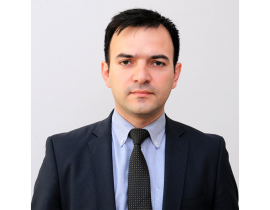
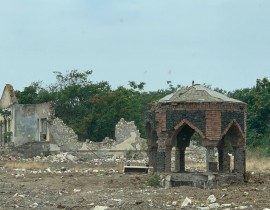
png-1748065971.png)
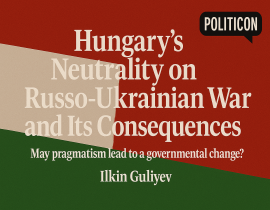
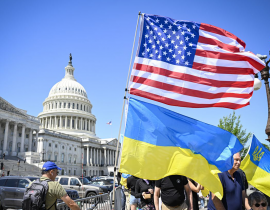

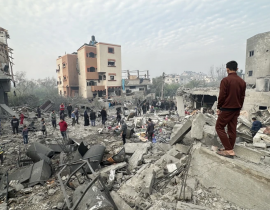
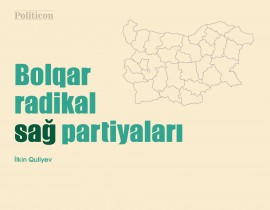
jpg-1599133320.jpg)
